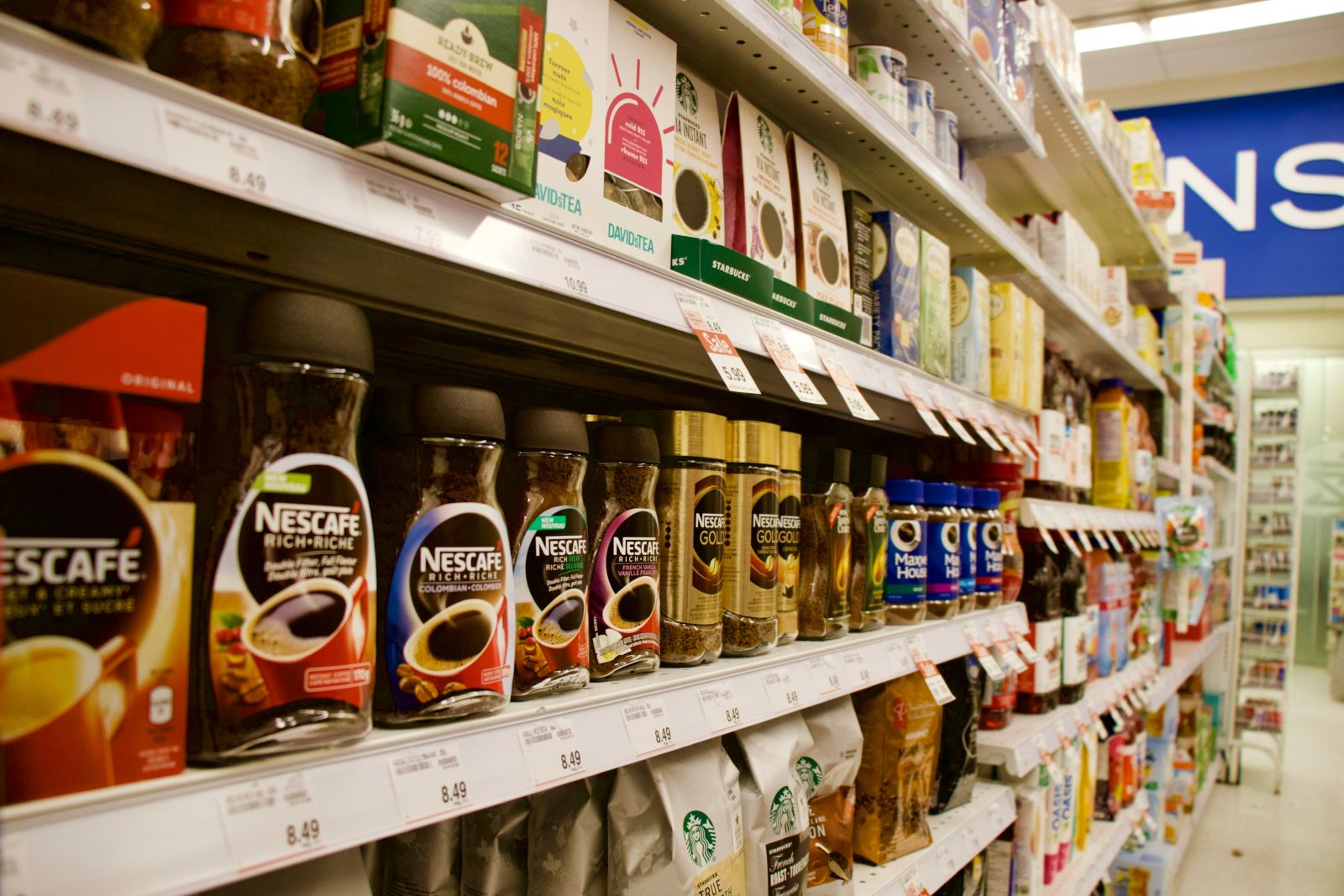
Inflation has been a central issue under the Biden-Harris administration, with consumer prices steadily rising since January 2021. The Consumer Price Index (CPI) has shown significant spikes over the past few years, sparking criticism from political opponents, including Donald Trump. Trump has repeatedly claimed that inflation under Kamala Harris is causing Americans to pay much more than before. Although the numbers have not been great, the overall situation may not be as bad as Trump suggests.
The Contributing Factors: More Than Just Fiscal Policy
Trump's assertions often center on the idea that inflation is directly tied to the fiscal policies implemented under Biden and Harris, particularly the $1.9 trillion American Rescue Plan passed in March 2021. This package injected a substantial amount of money into the economy, aiming to stimulate demand and support recovery from the pandemic's economic impact. While this undoubtedly contributed to inflation by increasing consumer spending power, it is only part of the story.
Supply chain disruptions, which were exacerbated by the pandemic, created a significant imbalance between supply and demand. As consumers began spending again, the availability of goods simply couldn't keep pace. This was especially evident in sectors like the automotive industry, where semiconductor shortages drove up the prices of both new and used vehicles.
In addition, the war in Ukraine played a pivotal role in driving energy prices higher. Sanctions against Russian oil and gas exports reduced global energy supplies, pushing up prices not only for gasoline but also for electricity and natural gas. The resulting rise in transportation and production costs had a ripple effect across the economy, further fueling inflation.
A Historical Perspective on Inflation
In comparison to historical inflationary periods, the current situation, while challenging, isn't the worst America has ever faced. Inflation in the 1970s and early 1980s saw year-over-year increases of 12% to 15%, significantly higher than the peak under Biden. Trump's assertion that this is the worst inflation in U.S. history doesn't hold up against the facts.
Moreover, inflation has begun to cool in recent months. By July 2024, the CPI had fallen to 2.9%, a sharp decrease from the 9.1% peak in 2022. While prices remain elevated compared to pre-pandemic levels, the rate of increase has slowed, suggesting that the worst may be over.
Furthermore, it is important to remember that wage growth has also been robust over the past few years. Since Biden and Harris took office, wages have risen by 17.7%, almost keeping pace with the 19.4% cumulative price increase. While wage growth hasn't fully offset the impact of inflation, it has helped soften the blow for many households.
Conclusion
Trump's claim that Americans are paying much more under Harris is grounded in truth, but it lacks context. Prices have risen sharply since 2021, but this inflation has been driven by a complex mix of factors, including global supply chain disruptions and geopolitical events. While the American Rescue Plan did contribute to inflation by boosting demand, it was far from the sole cause of rising prices.
On the date of publication, Caleb Naysmith did not have (either directly or indirectly) positions in any of the securities mentioned in this article. All information and data in this article is solely for informational purposes. For more information please view the Barchart Disclosure Policy here.






